Seascapes, with their breathtaking vistas of rolling waves, shimmering shores, and vast open horizons, captivate photographers and nature enthusiasts alike. The ability to capture the essence of seascape beauty lies in understanding the interplay of light, color, and composition. Whether you’re a seasoned photographer or just beginning, mastering the art of capturing the perfect seascape requires careful consideration of timing, technique, and creativity. From the golden hues of sunrise to the dramatic contrasts of stormy skies, each moment presents a unique opportunity to create a masterpiece. This guide explores the best ways to harness light, utilize equipment, and compose shots that bring out the natural beauty of seascapes, ensuring your photography reflects the sheer magic of the ocean.
Best Ways to Capture the Essence of a Seascape
- Capture Golden Hours: Shoot during sunrise or sunset for soft, warm lighting that enhances colors and creates dramatic skies.
- Use Leading Lines: Incorporate elements like waves or rocks to guide the viewer’s eye towards the horizon.
- Experiment with Perspectives: Try wide-angle lenses for a broad ocean view and telephoto lenses for detailed subjects.
- Adopt Color Management: Capture a range of hues reflecting dynamic sea conditions, from deep blues to vibrant greens.
- Stabilize Your Gear: Use a tripod to maintain sharpness, especially in windy conditions.
- Incorporate Reflections: Capture reflections on the water surface, especially in the early morning or late afternoon.
- Apply Filters Strategically: Use polarizers to reduce glare and enhance colors, and ND filters to balance sky and sea exposure.
- Enhance Post-Processing: Adjust white balance and apply curves for wave textures, and add vignettes to highlight the horizon.
- Add Storytelling Elements: Include boats, rock formations, or other elements to add interest and convey scale.
- Consider Seasonal Changes: Note variations in wave patterns and colors across different seasons.
- Optimize Shooting Times: Choose golden hours for even lighting and avoid midday unless dramatic clouds are present.
- Practice Patience and Observation: Wait for fleeting moments like rainbows or dramatic wave patterns.
- Experiment with Angles: Explore varied perspectives, such as climbing rocks or walking along the shore, to find unique vantage points.
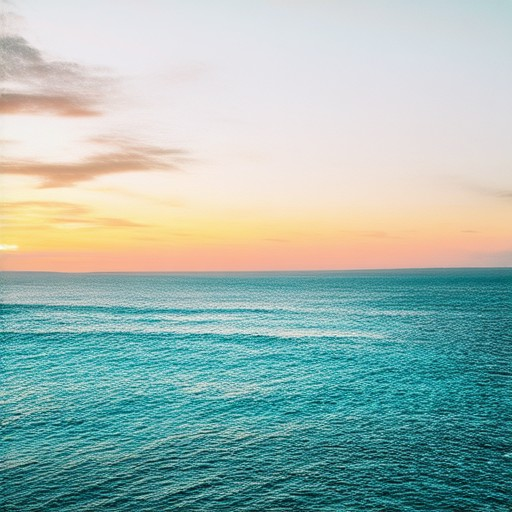
How Can You Capture the Essence of Seascape Beauty?
To capture the essence of seascape beauty, consider the following approaches:
- Photography Techniques : Utilize advanced photography methods to highlight the dynamic interplay of light, colors, and textures found in coastal environments. Experiment with low-angle shots to emphasize the vastness of the ocean, or try high-speed captures to freeze the movement of waves.
- Artistic Expression : Transform your vision into art by incorporating vibrant hues and abstract patterns that reflect the mood of the sea. Whether through painting, sculpture, or digital art, aim to convey the tranquility, power, or serenity of coastal landscapes.
- Storytelling Through Composition : Frame your scenes in ways that tell a story. Capture the horizon, explore the interplay between land and sea, or depict the details of the coastline that evoke a sense of discovery and wonder.
- Seasonal Variations : Pay attention to the unique characteristics of different seasons. For instance, autumn foliage against golden sands or winter waves with dramatic lighting can offer distinct and beautiful perspectives.
- Exploration of Light and Shadow : Use light to create dramatic contrasts and shadows that add depth to your work. Early morning or late afternoon light often provides striking effects, casting long shadows across the beach and ocean.
- Color Palette Emphasis : Focus on the interplay of cool blues, greens, and grays in the sea to evoke a calming atmosphere. Consider how these colors interact with the surrounding landscape to create a harmonious visual experience.
By thoughtfully applying these techniques, you can create works that truly capture the essence of coastal beauty, whether through photography, art, or storytelling.
How to Capture the Beauty of a Seascape
To capture the beauty of a seascape, consider the following approach:
- Utilize Drone Photography : For a broader perspective, use a drone to capture vast ocean views. This method allows you to showcase the expanse and details from above.
- Explore Macro Photography : Delve into macro photography to highlight tiny marine life, such as crustaceans or seaweed patterns, providing intricate details.
- Enhance Colors Through Editing : Blend vibrant hues by adjusting saturation and contrast in your post-processing tools to bring out the natural beauty of the ocean.
- Create Dynamic Compositions : Arrange elements to lead the viewer’s eye, incorporating movement from waves to add engagement.
- Consider Lighting and Time of Day : Capture scenes during early mornings or sunsets for softer, more dramatic lighting, avoiding harsh midday light.
- Experiment with Angles : Try low-angle shots to emphasize vastness or high-angle shots to highlight the sky, enhancing the scene’s depth.
- Incorporate Background Elements : Add interest with elements like boats or rocks in the foreground, ensuring they don’t overshadow the ocean’s beauty.
- Stay Patient and Observant : Wait for the perfect moment, whether for a notable wave or optimal lighting, to capture the scene’s essence.
- Apply Composition Techniques : Use rules like the rule of thirds and leading lines to frame your shots effectively.
- Post-Processing Enhancements : Use apps or software like Adobe Lightroom to refine your photos, enhancing colors and composition.
- Explore Unique Perspectives : Experiment with shooting from the shore, underwater, or aerial viewpoints to discover diverse beauties.
- Focus on a Clean Background : Ensure the background is distraction-free, emphasizing the subject against a smooth ocean surface.
- Tell a Story Through Your Photos : Capture moments that evoke strong emotions, such as powerful waves or calm pre-storm conditions, to create impactful and memorable images.
By combining these techniques, you can effectively capture the essence of a seascape, creating memories and artwork that reflect its incredible beauty.
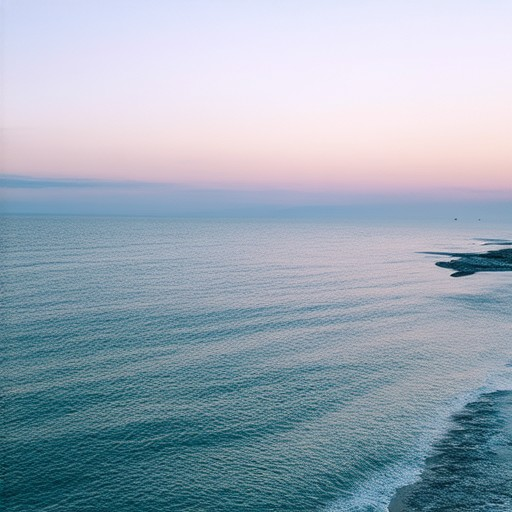
Best Ways to Capture the Beauty of a Seascape
To effectively capture the essence of a seascape, consider the following strategies:
- Golden Hours : Shoot during sunrise or sunset when the light is soft and warm, creating dramatic shadows and vibrant color contrasts.
- Leading Lines : Utilize strong lines in the foreground, such as rocks or boats, to draw the viewer’s eye towards the horizon.
- Color Palettes : Pay attention to the hues of the sky and how they reflect on the water. Vibrant sunsets and calming blues during the day can create stunning visuals.
- Reflections : Capture reflections on the water surface, which can add depth and interest to the scene.
- Foreground Emphasis : Include prominent objects or elements in the foreground to add texture and dimension to your photos.
- Patience and Timing : Wait for the perfect moment when the light and conditions align to create the desired atmosphere.
- Seasonal Variations : Consider visiting during different seasons to experience unique color palettes and weather patterns.
- Technical Setup : Use a tripod for stability, especially in windy conditions, and experiment with aperture settings to control depth of field.
- Perspective : Capture the vastness of the ocean using wide-angle lenses to emphasize the expanse, while also experimenting with close-up shots for detail.
- Weather Awareness : Observe how weather conditions influence the seascape, from calm waters to stormy skies, each offering a distinct visual experience.
- Filter Use : Apply neutral density (ND) filters to balance light exposure between the sky and water, enhancing color saturation.
- Post-Processing : Use editing software to fine-tune colors, contrast, and tones to match the mood of the original scene.
By incorporating these techniques, you can create captivating and memorable captures of the seascape, capturing its beauty in all its forms.
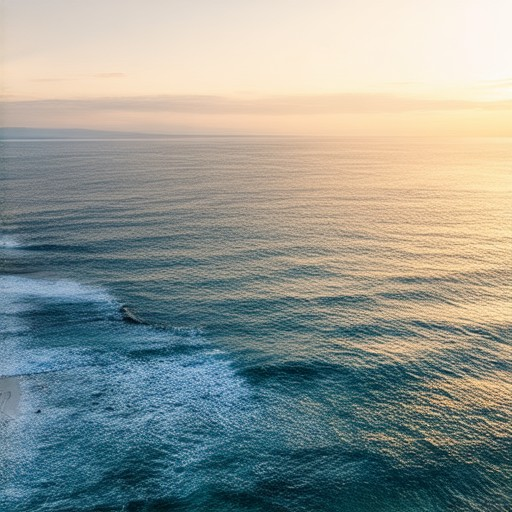
Best Ways to Capture the Essence of a Seascape
To effectively capture the essence of a seascape, consider the following strategies:
- Lighting : Utilize the golden hours, around sunrise or sunset, for soft, warm lighting that enhances colors and creates dramatic skies.
- Composition : Apply leading lines to guide the viewer’s eye towards distant elements like the horizon or a lighthouse. Consider shooting from a lower angle to emphasize wave textures.
- Perspective : Experiment with wide-angle lenses for a broader view of the ocean’s expanse or telephoto lenses to focus on detailed subjects like rocks or surf patterns.
- Color Management : Capture a range of hues to reflect the dynamic nature of the sea, varying from deep blues to vibrant greens based on light conditions and weather.
- Stabilization : Use a tripod to maintain stability, especially in windy conditions, preventing motion blur and preserving sharpness.
- Reflections : Incorporate reflections, particularly in the early morning or late afternoon, to add a magical touch and enhance the serene atmosphere.
- Filters : Employ filters like polarizers to reduce glare and enhance colors, and neutral density (ND) filters to balance sky and sea exposure during golden hours.
- Post-Processing : Adjust white balance for accurate tones and apply curves to soften waves. Consider adding a subtle vignette to highlight the horizon.
- Storytelling Elements : Include boats, rock formations, or other elements to add interest and convey scale or activity.
- Seasonal Consideration : Be mindful of seasonal changes; winter waves may be rougher, while summer offers calm waters affecting the overall mood.
- Timing : Opt for golden hours for even lighting and avoid midday to prevent harsh shadows unless dramatic clouds are present.
- Patience and Observation : Stay attentive to unexpected moments like rainbows or dramatic wave patterns, capturing these fleeting beauties.
- Experiment with Angles : Explore varied perspectives, such as climbing a rock or walking along the shore, to uncover unique vantage points.
By thoughtfully applying these techniques, you can create vivid and evocative representations of the seascape, capturing its dynamic beauty and emotional impact.
Best Ways to Capture the Beauty of a Seascape
To effectively capture the essence of a seascape, consider the following strategies:
- Golden Hours : Shoot during sunrise or sunset when the light is soft and warm, creating dramatic shadows and vibrant color contrasts.
- Leading Lines : Utilize strong lines in the foreground, such as rocks or boats, to draw the viewer’s eye towards the horizon.
- Color Palettes : Pay attention to the hues of the sky and how they reflect on the water. Vibrant sunsets and calming blues during the day can create stunning visuals.
- Reflections : Capture reflections on the water surface, which can add depth and interest to the scene.
- Foreground Emphasis : Include prominent objects or elements in the foreground to add texture and dimension to your photos.
- Patience and Timing : Wait for the perfect moment when the light and conditions align to create the desired atmosphere.
- Seasonal Variations : Consider visiting during different seasons to experience unique color palettes and weather patterns.
- Technical Setup : Use a tripod for stability, especially in windy conditions, and experiment with aperture settings to control depth of field.
- Perspective : Capture the vastness of the ocean using wide-angle lenses to emphasize the expanse, while also experimenting with close-up shots for detail.
- Weather Awareness : Observe how weather conditions influence the seascape, from calm waters to stormy skies, each offering a distinct visual experience.
- Filter Use : Apply neutral density (ND) filters to balance light exposure between the sky and water, enhancing color saturation.
- Post-Processing : Use editing software to fine-tune colors, contrast, and tones to match the mood of the original scene.
By incorporating these techniques, you can create captivating and memorable captures of the seascape, capturing its beauty in all its forms.
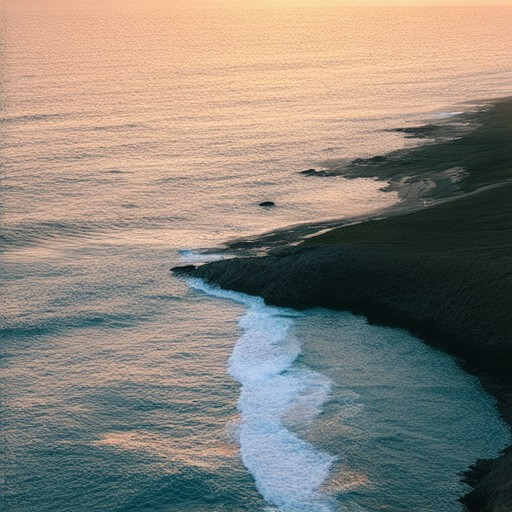
How to Effectively Capture the Beauty of a Seascape
To effectively capture the beauty of a seascape, consider the following techniques and tips:
- Lighting :
- Golden Hours : Shoot during sunrise or sunset for soft, warm lighting that enhances the ocean’s colors and textures.
- Diffused Light : Look for cloudy conditions to soften the light and reduce harsh shadows, creating a serene atmosphere.
- Composition :
- Leading Lines : Use lines in the scene, such as waves or distant mountains, to guide the viewer’s eye towards the horizon or a focal point.
- Symmetry and Balance : Arrange elements in the frame to create a sense of harmony, whether through symmetrical patterns or balanced asymmetry.
- Timing :
- Dramatic Moments : Capture unique events like wave crashes, sunsets, or calm before storms to add dynamic elements to your shots.
- Patience and Adaptability : Monitor the weather and be ready to adjust your approach based on changing conditions.
- Technique :
- Angles : Experiment with different angles to emphasize the vastness of the ocean. Low angles can highlight the horizon, while high angles can focus on the sky and clouds.
- Foreground Elements : Include details like seashells, boats, or reflections to add depth and interest to your scenes.
- Post-Processing :
- Color Correction : Adjust colors and contrasts to enhance the mood and visual appeal of your photos.
- Filters : Use neutral density (ND) filters to control exposure and create long exposures that smooth out waves or capture reflections.
- Engagement :
- Storytelling : Frame your shots to tell a story, whether it’s about the tranquility of a calm sea or the power of a stormy wave.
By combining these elements, you can create stunning and meaningful seascape photographs that truly capture the essence of the ocean. Explore more tips and inspiration on Sailing Photo Awards to elevate your photography skills further.
Conclusion
Capturing the beauty of a seascape requires a combination of thoughtful planning, technical skill, and artistic vision. By paying attention to lighting, composition, and timing, you can create photos that not only reflect the ocean’s grandeur but also evoke lasting emotions in your viewers.

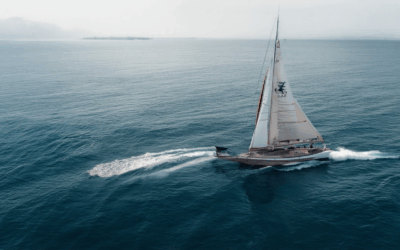
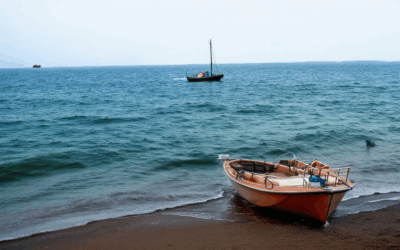
0 Comments